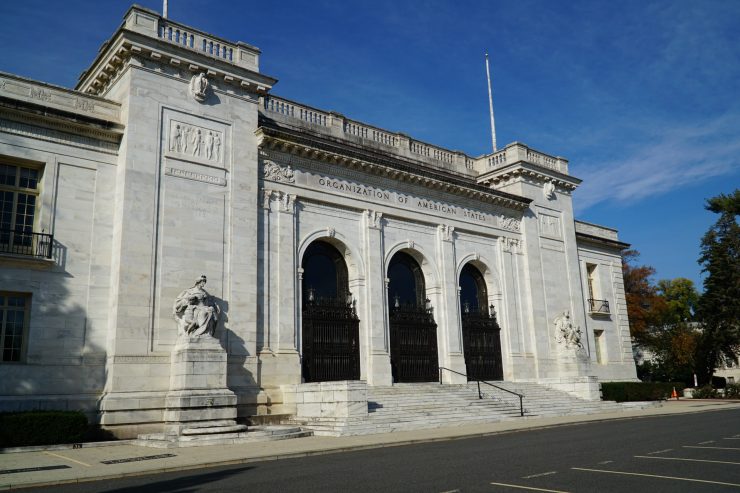In a recent survey, the Center for Disease Control and Prevention found that almost 50% of Americans say they often or sometimes have trouble sleeping because of noise from outside their homes. This is an alarming statistic considering how important sleep is to our health and productivity. So what can be done? In this blog post, we will explore some possible solutions to reduce noise pollution in your environment while still being able to get things done at work without feeling too stressed out.
The negative effects of trouble sleeping on your health are well-documented. When you don’t get enough sleep, it’s harder to concentrate, make decisions, and solve problems. You’re also more likely to be in a bad mood, feel stressed out, and gain weight. What many people don’t realize is that these are just the short-term effects of poor sleep. Over time, lack of sleep can lead to chronic health problems such as heart disease, stroke, diabetes, and obesity.
Noise pollution is one of the most common urban problems, and it’s getting worse. According to a recent study by Stanford University, noise levels have increased in 85 percent of U.S cities since the 1970s (Li et al., 2014). Traffic noise has become one of the main sources for 24-hour city noises due to its continuous presence at all times during the year day as well as night with high intensity (Ostfeld & Samet, 2003).
According to Ostfeld and Samet (2003), traffic-related sound can be divided into three categories: vehicle motion sounds; engine idling or acceleration/deceleration sounds; and road surface related noises such as tire rolling on surfaces like asphalt pavement etc. The major sources of noise in the city are traffic, construction, air conditioners and other appliances, and social events.
While it’s impossible to completely eliminate noise pollution, there are steps we can take to reduce its impact. Below are some tips for reducing noise exposure in your home and workplace: use headphones or earplugs when listening to music or watching TV, turn down the volume on your electronic devices, close windows and doors to keep out external noises, buy soundproofing materials for your home or office, schedule outdoor activities during times of the day when noise levels are lower (early morning or late evening)
Besides personnel solutions, there are many ways to solve the problem of pollution at the level of federal agencies and public organizations. The US Environmental Protection Agency (EPA) focuses on protecting human health and the environment through effective pollution control, preventing harmful exposure to toxic chemicals. The EPA also plays an important role in educating Americans about how they can contribute to a healthy environment.
There are also non-profit organizations who take part in the movement of the organizations against noise pollution. They work with individuals, communities and businesses to protect people’s health by reducing environmental risks associated with pollutants of all kinds across the United States: including air, water or soil pollution as well as industrial wastes such as solid waste disposal sites. Some examples include: American Lung Association (ALA), National Resources Defense Council (NRDC), Natural Resource Defense Council(NRCD).
The US EPA, National Resources Defense Council (NRDC) and all the organizations listed above proposes a solution to reduce noise pollution, the non-profit organizations propose a few ways of solving noise pollution problem as well.
The purpose of these solutions is to minimize any negative impact on society and environment. The solution should be efficient in terms that it can solve the problems effectively while not causing any new challenges by itself (e.g., banning combustion engines will cause more air pollutions). Also, this method should help people in solving their problems with no significant profit for those who provide the service (no big corporations or companies which are intentionally creating excessive noise just because they want money). This way might also be easier financially since there’s no inherent financial incentive to create extra noises deliberately like when someone wants some attention from others by aggressively blowing horns or shouting at them silently.
In addition, some non-profit organizations also propose ways of approaching the problem creatively. For example, one organization proposes “noise pollution vouchers” which can be used to buy silence in specific places or at certain times when there is a lot of noise (for example: bans all cars from entering downtown during rush hours). Another solution suggests solving the problem by creating incentives for people and companies who create less noise instead. This way will help make people realize that they are causing more damage than good while allowing them to still do what they like without any punishment since it’s their own choice – not something forced upon them.
Another creative approach involves promoting negative awareness about excessive noises through social media campaigns, articles and documentaries just like how we are more aware of the dangers of smoking and drinking now. This will help people understand that excessive noise is not just an annoyance but a real problem with potential serious consequences in the long run.
It is important to note that many solutions suggested by non-profit organizations are still in their early stages and have not been implemented yet. There’s still a lot of research and discussion needed before any final decisions can be made. However, these ideas provide us with a good starting point for finding ways to solve this ever-growing problem!


Published by